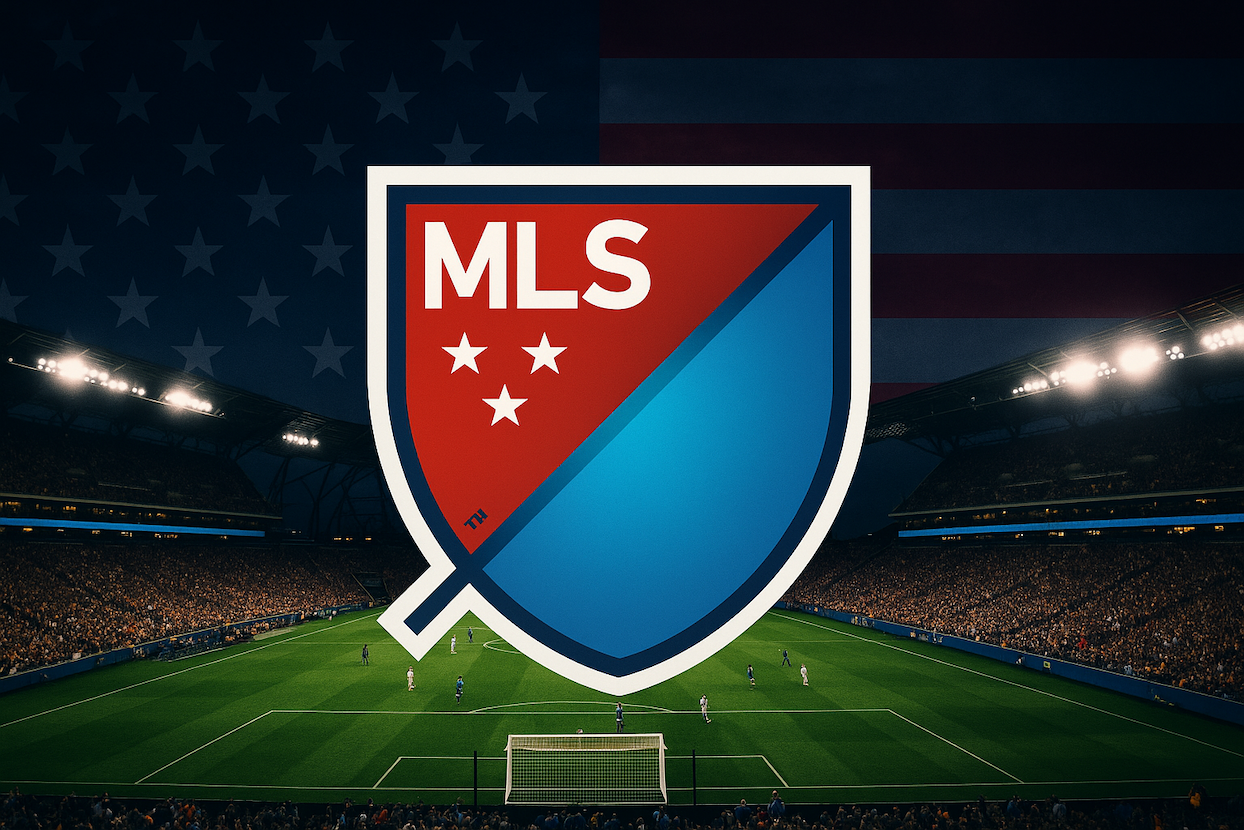Physical Address
304 North Cardinal St.
Dorchester Center, MA 02124
Physical Address
304 North Cardinal St.
Dorchester Center, MA 02124

MLS growth has been nothing short of stunning over the past decade. With new teams popping up across the United States and Canada, the league is rapidly expanding its footprint and influence in the sports landscape. This growth is not just in terms of new franchises but also in fan engagement, player development, and competitive stature. The league’s ability to attract international stars while nurturing homegrown talent has been a key factor.
The addition of new teams like Austin FC, Inter Miami, and Nashville SC has brought fresh energy and diverse fanbases into the mix. Each new team brings a unique identity, bolstering the league’s reputation as a melting pot of cultures and styles. This expansion is not just about numbers; it’s about creating a vibrant soccer ecosystem in areas that previously lacked professional representation.
MLS growth can also be attributed to significant investments in infrastructure. Soccer-specific stadiums have become the norm, providing fans with an intimate and engaging matchday experience. These facilities are often strategically located to maximize attendance and community involvement, further embedding the teams into the local culture.
One of the pillars of MLS growth has been its focus on developing homegrown talent. Academy systems are now churning out promising young players who are making an impact both domestically and abroad. This focus on youth development not only strengthens the league but also supports the national teams by providing a steady pipeline of talent.
While nurturing local talent, MLS growth has also been fueled by strategic international signings. High-profile players from Europe and South America see MLS as a viable and competitive option. These signings not only boost the quality of play on the field but also attract global attention, enhancing the league’s brand and marketability.
Despite the impressive MLS growth, challenges remain. Navigating the complex dynamics of salary caps, designated players, and ensuring competitive balance are ongoing tasks. However, the league’s innovative approaches to these challenges offer opportunities for continued development and success.
MLS growth is not just a trend; it’s a transformation of the soccer landscape in North America. With a strategic focus on expansion, development, and international engagement, the league is poised to redefine soccer’s role in the region. For more on the strategic growth of MLS and its impact on global football, you can visit MLS Soccer’s official page.